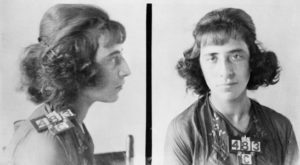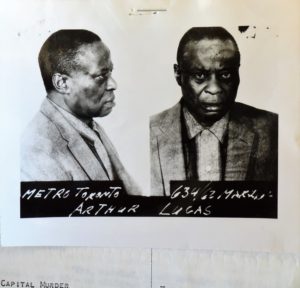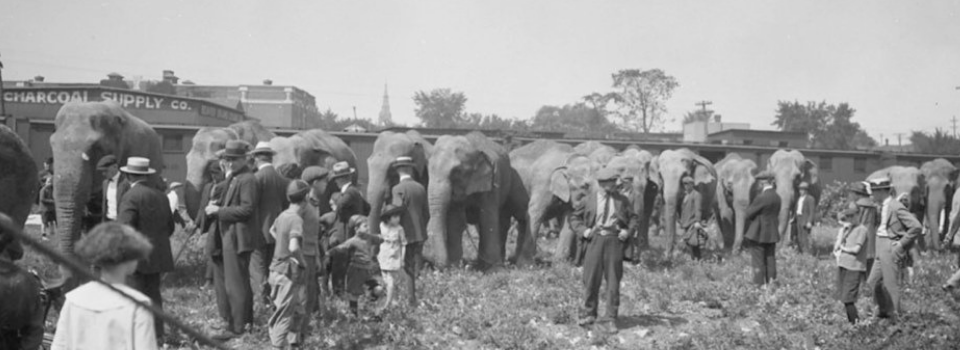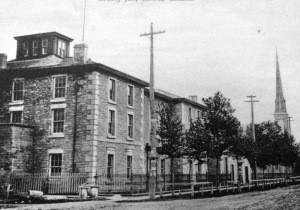FARE AND FOUL: A Christmas Nightmare in Six Parts – Part 1

Part 1: The Wrong Place at the Wrong Time?
The front page of Toronto’s Saturday Star on December 26, 1981, recorded the heartwarming story of a Rexdale couple who received the Christmas gift of twin boys. The new parents were understandably overjoyed, as the article put it, when the stork “dropped in” on them not once, but twice. Much less overjoyed was a Toronto taxi driver who had four men drop in on him on Christmas night. This report also appeared on page 1 of the Star, beneath the bold headline “Murderer three others flee Don Jail.”
 As 28-year-old Leslie Peter Sheppard of Pickering explained, it was simply a case of being in the wrong place at the wrong time.
As 28-year-old Leslie Peter Sheppard of Pickering explained, it was simply a case of being in the wrong place at the wrong time.
It was Sheppard’s first day on the job, moonlighting as a cab driver for Diamond Taxis in Toronto. He had just dropped off a fare at Riverdale Hospital on Broadview Avenue north of Gerrard Street East, and, in the spirit of Christmas giving, had escorted the wheelchair-bound patient to the entrance door of the hospital. Returning to his cab, parked on the narrow roadway between the hospital and the red-brick wall of the Toronto (Don) Jail to the south, he began writing up his trip sheet. That was when several men “in the biggest hurry of anyone you ever saw” piled into his cab. The first guy, he told reporters, “was huffing and puffing and said, ‘Help us — the bikers are after us. They want to knife us.’” As if to underscore this statement, he noticed that another of the men was shirtless, with a large slash across his chest and stomach. “Go! Go! Go!” they yelled and he took off, heading west along the laneway, before turning onto Gerrard Street and dropping them off at Sherbourne Street. The fare for the two-to-three-minute ride was $1.70, and he scored a 30-cent tip.
Sheppard told the media that he was gob-smacked to learn, when police stopped him 12 minutes later, that he had inadvertently helped four “extremely dangerous” inmates to escape from the Don Jail.
The desperadoes had squeezed through a narrow ventilation shaft, sawed through a steel bar with a hacksaw, and used a rope of blankets and bedsheets spliced together to reach the yard of the adjoining old Don Jail, closed since 1976. They then scaled a 20-foot wall to freedom — and that conveniently idling taxicab.
A Canada-wide alert was issued, with Metro Toronto Police out in force to follow up on every lead. They warned the public not to confront the escapers or “get them upset in any way.”
On December 29, an astonishing new development hit the headlines: police had charged the so-called “30-cent-tip” cabby with being an accessory after the fact and assisting in an escape. He was to appear in court early in the new year to have a trial date set.
Leslie Peter Sheppard’s long Christmas nightmare had begun.


 May 2, 1923: Emilio Picariello and Florence Lassandro were hanged for the murder of Steve Lawson, a constable with the Alberta Provincial Police. Lassandro worked for Picariello, a notorious rum runner during the dark and desperate days of Prohibition in Canada. She became the first, and last, woman ever to be hanged in Alberta.
May 2, 1923: Emilio Picariello and Florence Lassandro were hanged for the murder of Steve Lawson, a constable with the Alberta Provincial Police. Lassandro worked for Picariello, a notorious rum runner during the dark and desperate days of Prohibition in Canada. She became the first, and last, woman ever to be hanged in Alberta.


